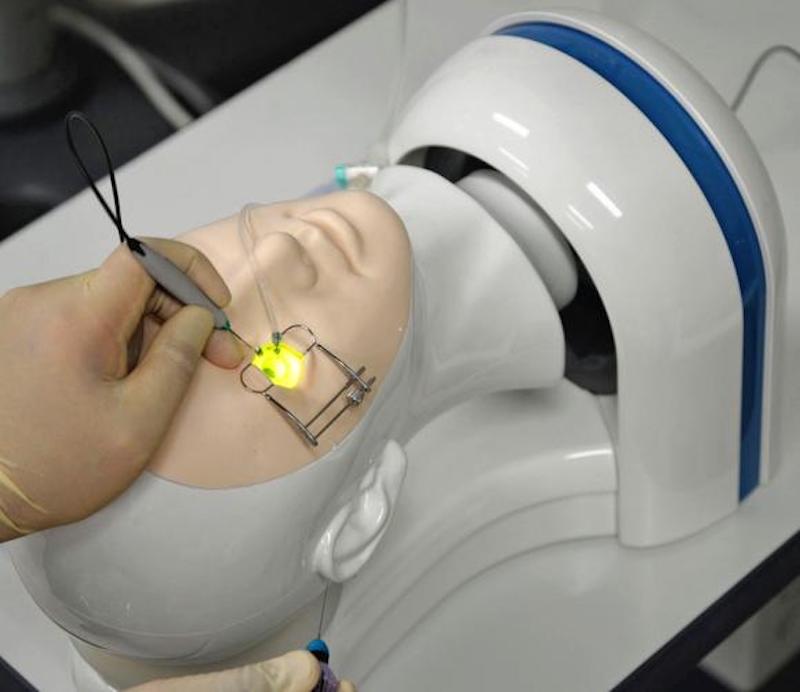In addition to robots with increasingly human-like faces, being used as companions, “patient” robots are being developed to test medical equipment and procedures on babies and adults.
Yoshio Matsumoto and AIST colleagues created a robotic skeletal structure of the lower half of the body, with 22 moveable joints. Its skeleton is made of metal, and its skin, fat and muscles of silicone. Embedded sensors measure pressure on various parts of the lower body. It is being used to develop hospital beds with a reduced risk of pressure wounds.
Waseda University’s Hiroyuki Ishii has developed a robot baby for practicing breathing protocols after birth. If non-breathing babies do not respond to sensory stimulation, a tube is inserted into the trachea. This happens in 1-2% of newborns, and poses obvious risks. The robot is designed to train medical staff to properly insert the tube into the baby’s windpipe.
The use of robots as personal assistants, and to test procedures, will increase rapidly as advanced sensors are built into the devices.
Join ApplySci at Wearable Tech + Digital Health + Neurotech Silicon Valley on February 26-27, 2018 at Stanford University, featuring: Vinod Khosla – Justin Sanchez – Brian Otis – Bryan Johnson – Zhenan Bao – Nathan Intrator – Carla Pugh – Jamshid Ghajar – Mark Kendall – Robert Greenberg – Darin Okuda – Jason Heikenfeld
